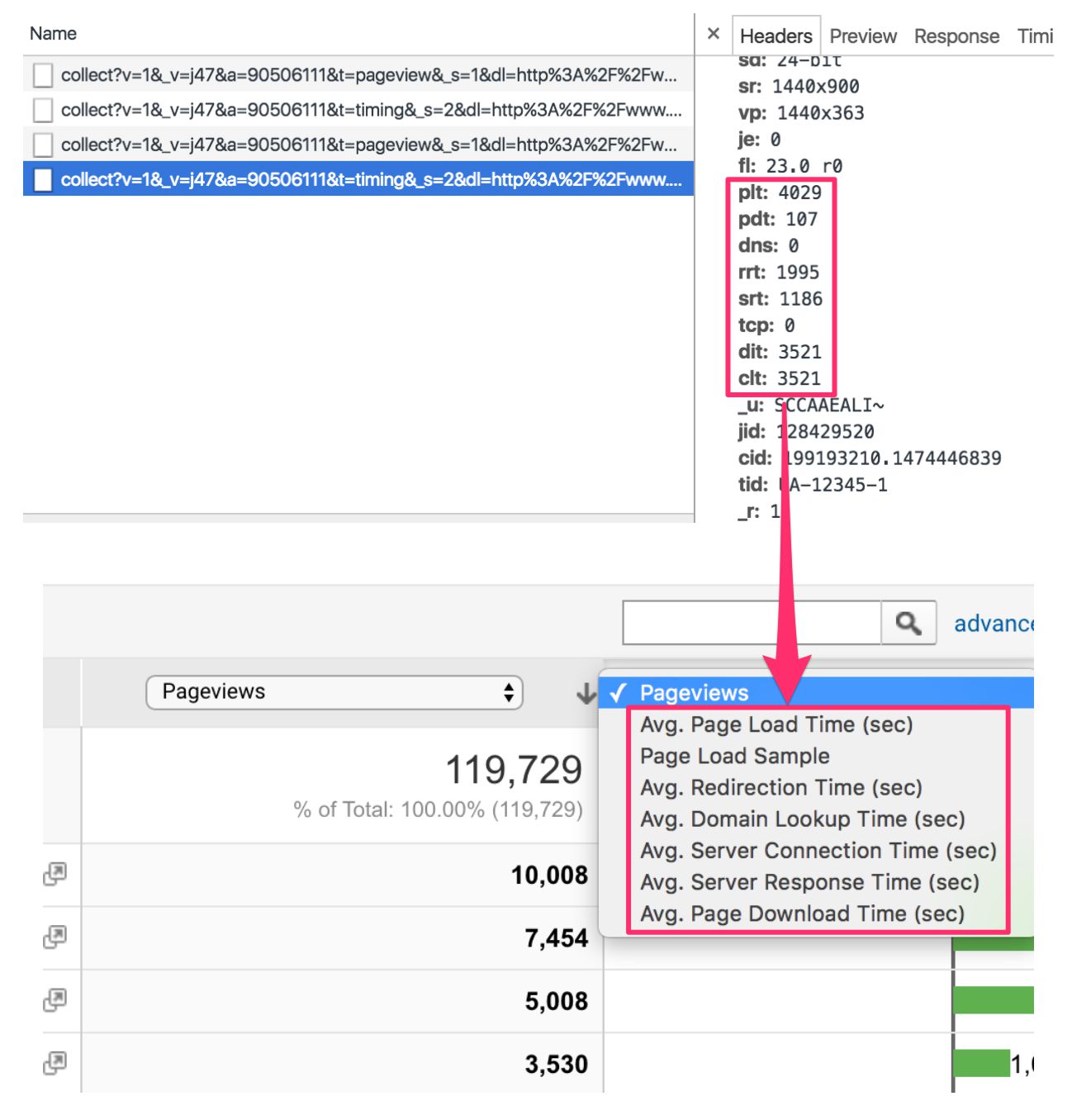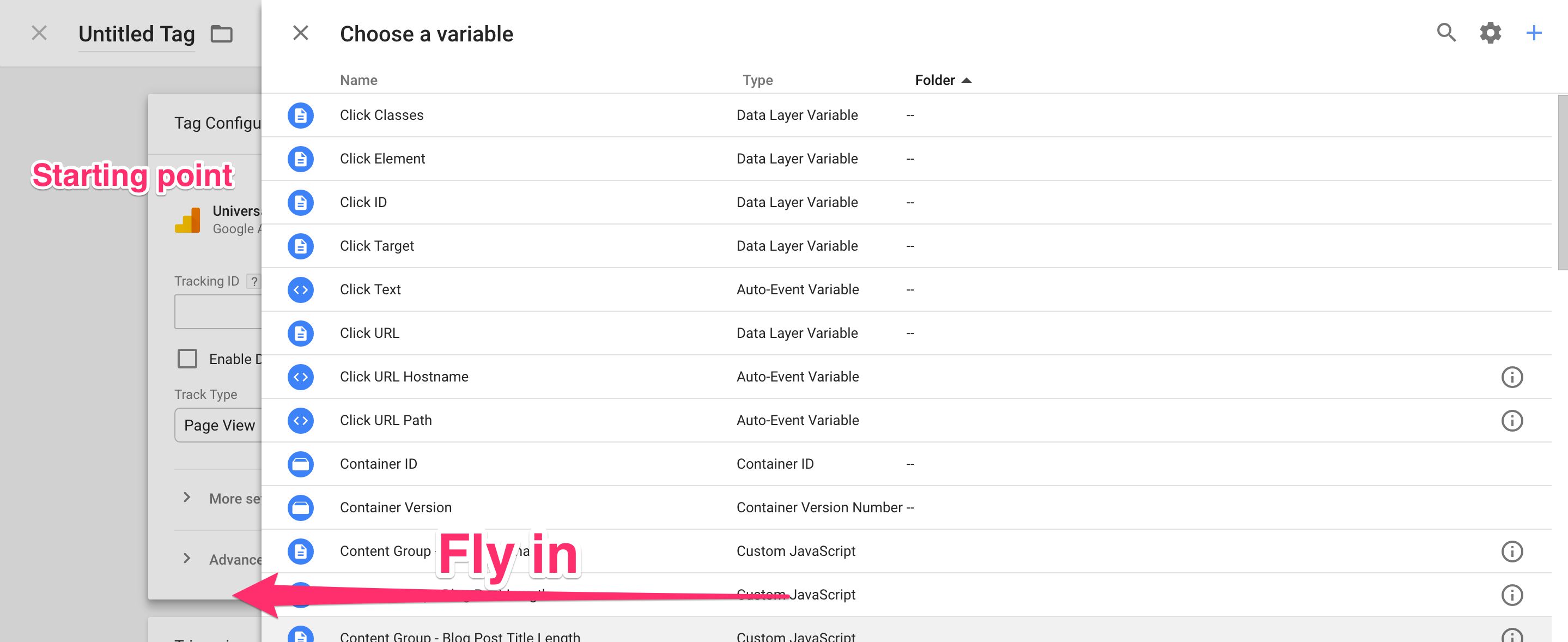READ THIS (26 Aug 2019)!! Unfortunately, the update I made in 2016 contained code that was incomplete and broken. I nevert noticed this until it was pointed out to me almost three years later. At this point, I don’t have a working backup of the solution, so unless some internet archive / cache service manages to surface the code, this article is basically lost.
UPDATE 20 December 2016: I made some fixes to the solution - be sure to grab the latest code snippet from below!







